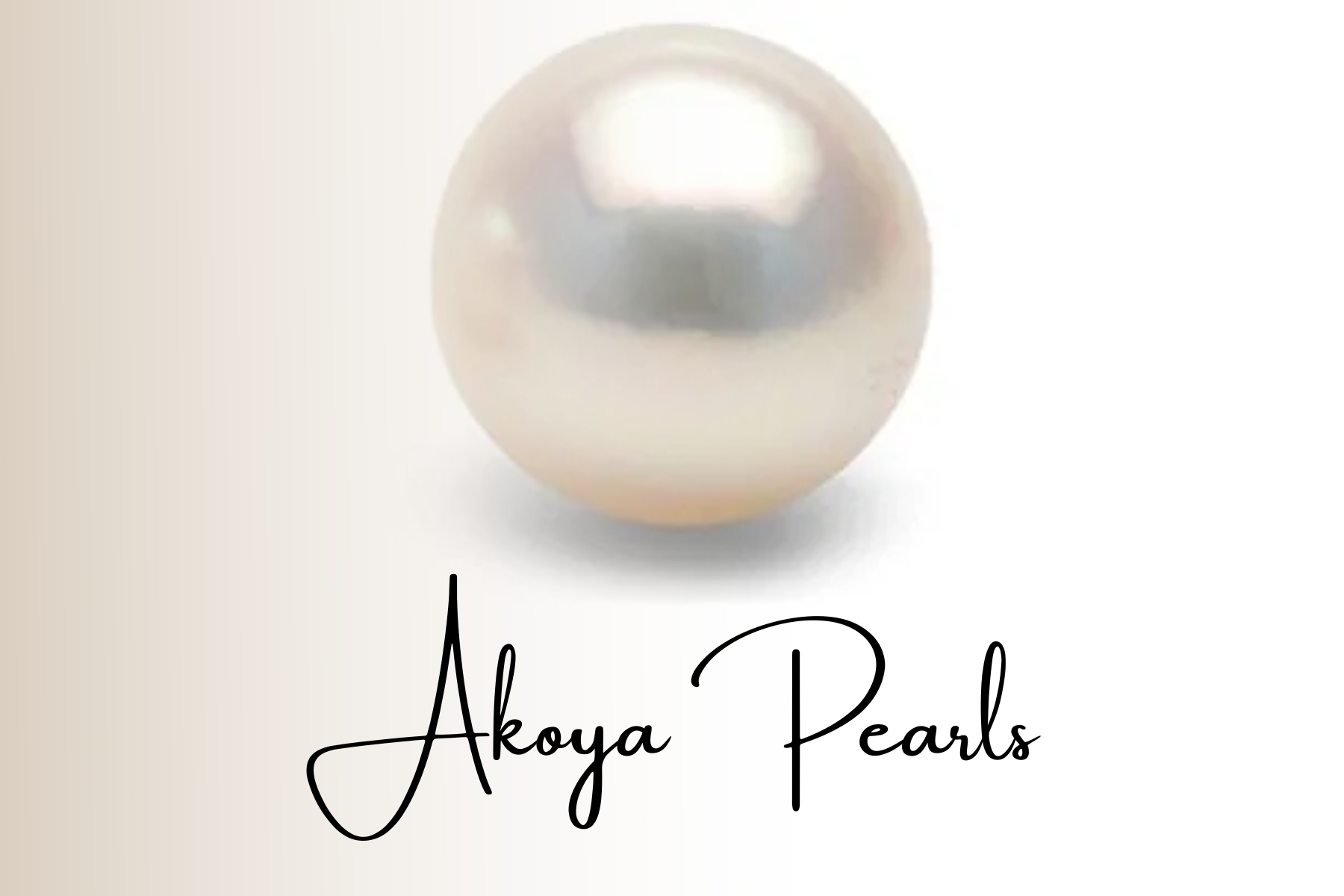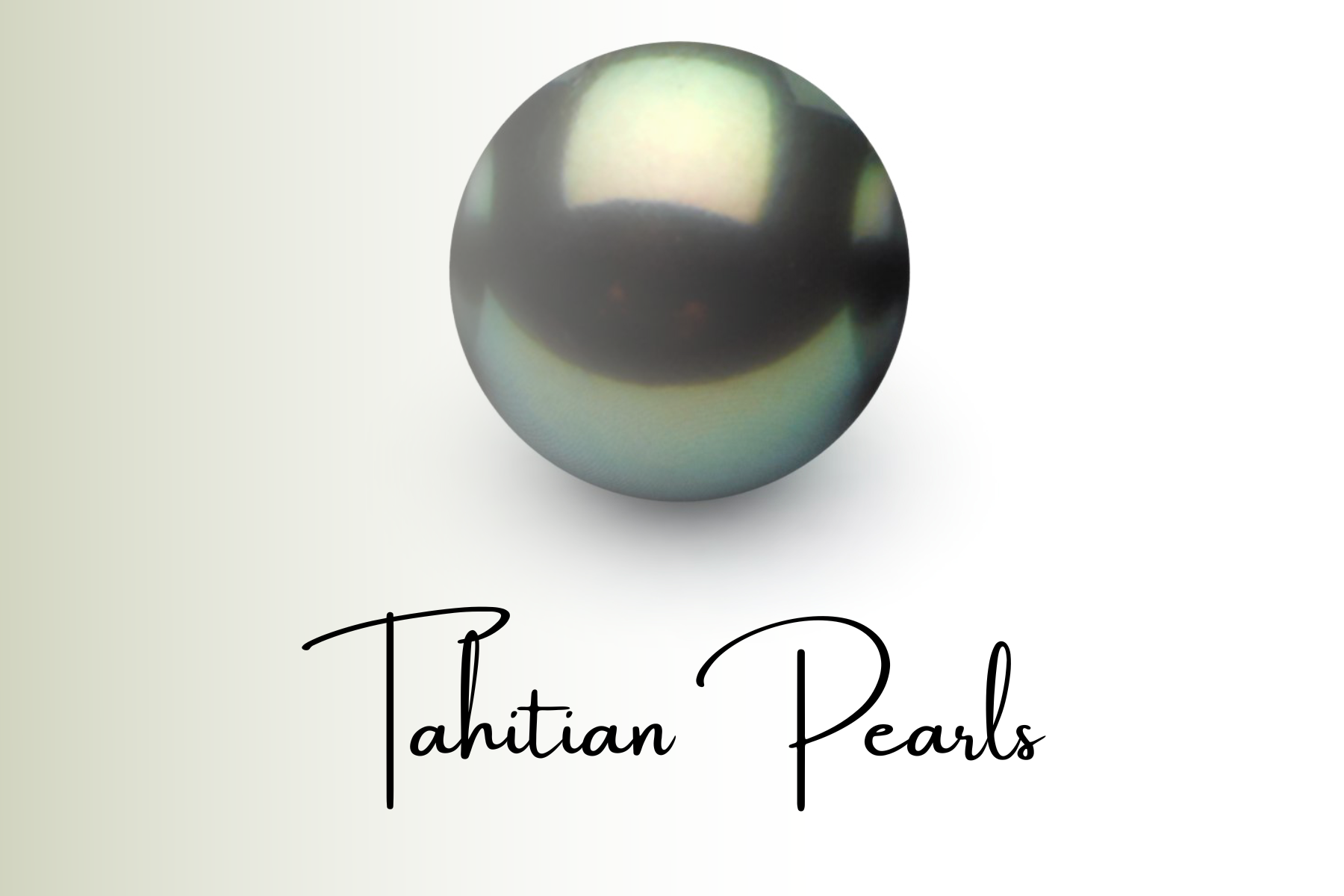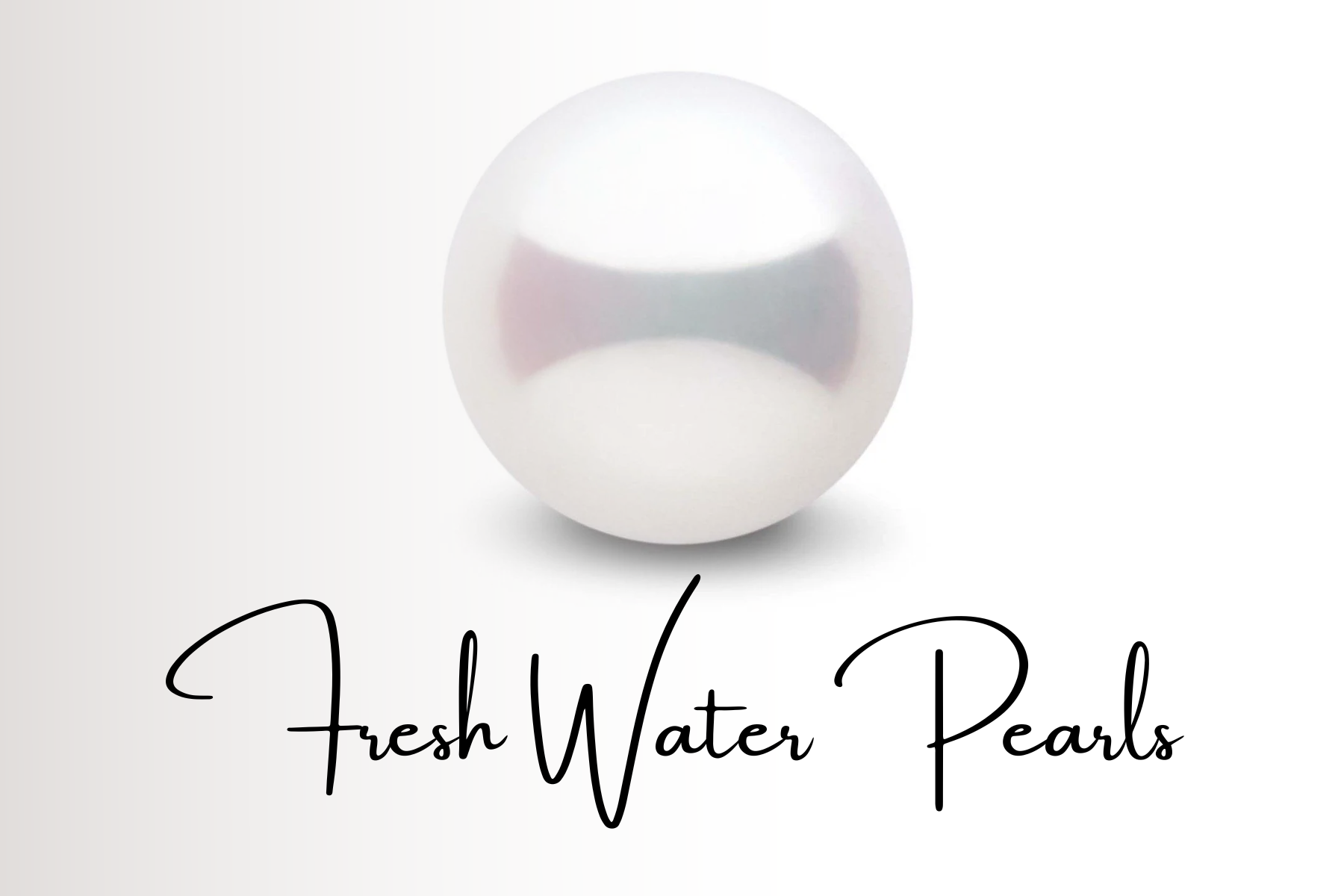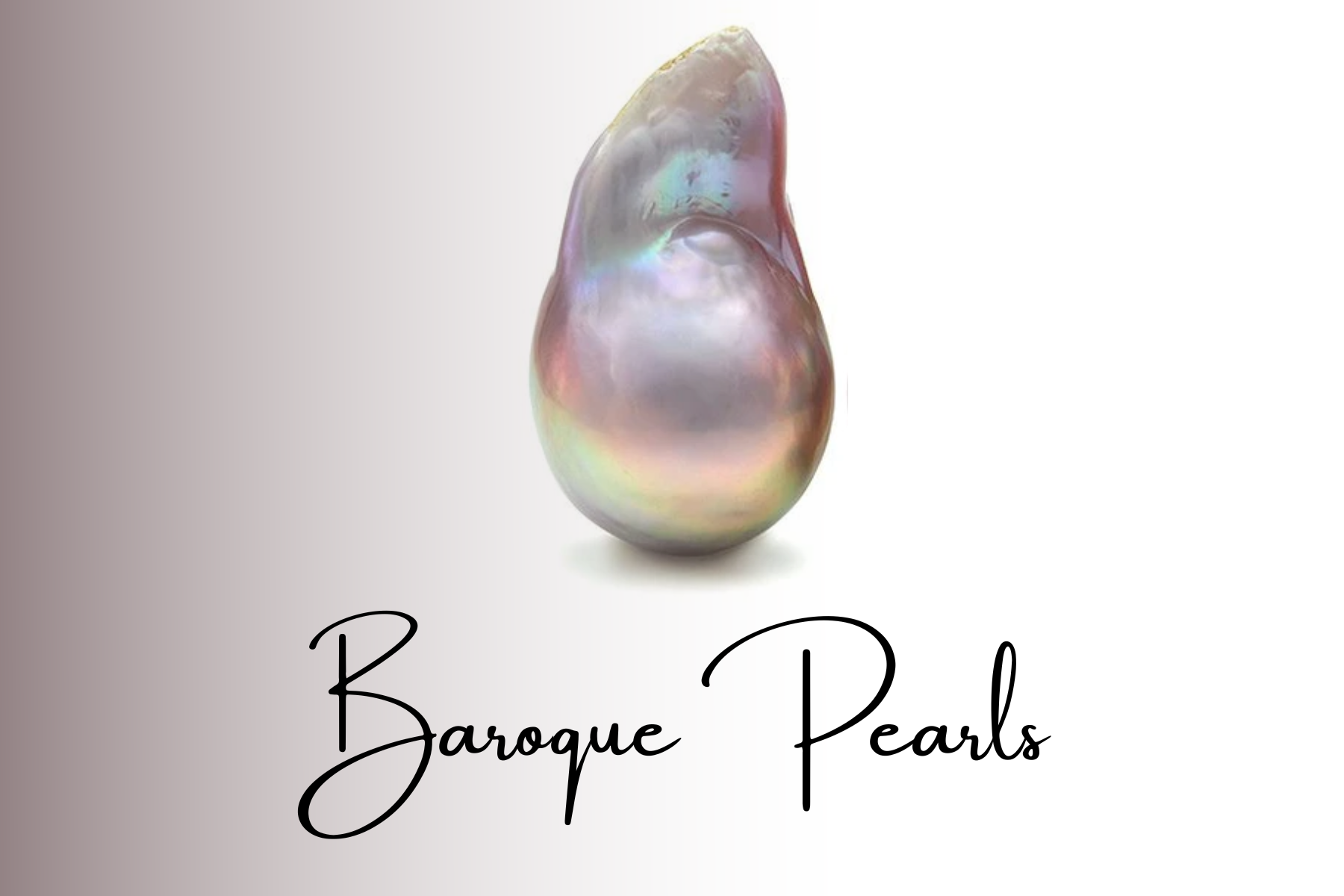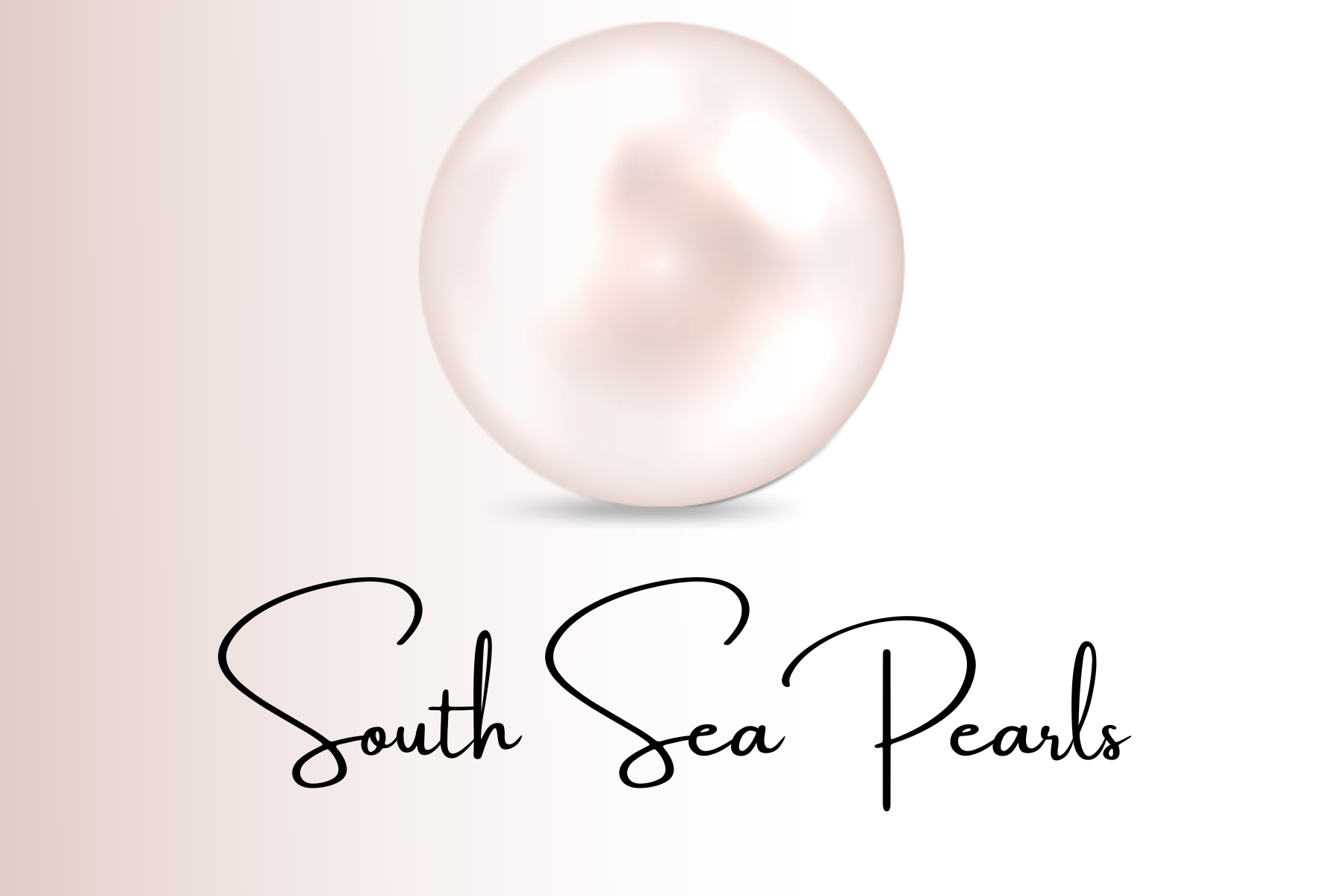No individuals don't know about the pearl, since it is often seen in a piece of jewelry. Pearls are a type of gemstone but they are very unique because they are the only gem material that is made and found inside a living creature.
Unlike diamonds, rubies, emeralds, and other gems, pearls don't need to be cut or polished before they can be used.
They are beautiful just the way they are. But did you know that there are other types of pearls?
Yes, there are other pearls that exist and you should know them as well.
How Many Types Of Pearl Are There?
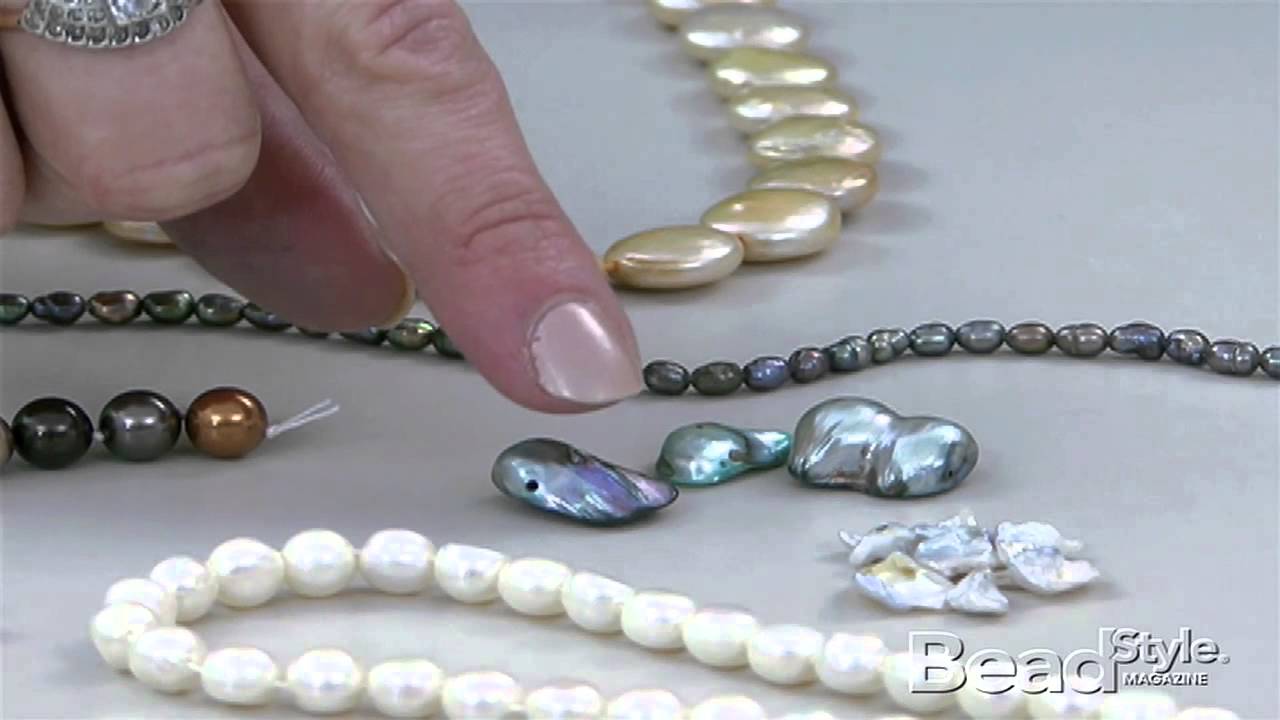
Types of pearls
The primary and most obvious distinction is that between a "cultured" pearl and a "natural" pearl. The formation of a natural pearl is entirely unguided and unassisted by human hands. Because they are so difficult to come by, natural pearls command a high price.
An irritant is introduced intentionally by a human in order to produce a cultured pearl. Cultured pearls are still one-of-a-kind despite the fact that they are produced in a lab.
This is due to the fact that the pearl farmer is unable to control what each oyster or mussel will produce (just 5% of a harvest will be of the highest grade).
A natural pearl and a cultivated pearl, when viewed from the surface, appear to be identical. The distinction between a pearl that was grown in "freshwater" and one that was grown in "saltwater" is the second most significant one.
Pearls from freshwater mussels are produced by mussels that inhabit slow-moving rivers and lakes.
Oysters that inhabit protected inlets along the coast of the ocean are used in the production of saltwater pearls.
5 Different Types Of Pearls
Akoya Pearls
People in the United States and other Western markets are most familiar with the type of saltwater cultured pearl known as the Akoya cultured pearl. This is because Akoya cultured pearls are the most common.
The average size of an Akoya Pearl is between 3 and 9 millimeters, but occasionally you'll come across one that's 10 or 10.5 millimeters in diameter. The Akoya pearl is well-known for the bright shine that it exudes as well as its perfectly round form.
The color of Akoya pearls is also highly stable, which is another reason why so many ladies choose them for their very first string of pearls.
A surprising number of consumers are under the mistaken impression that the standard pearl for jewelry, in particular necklaceswith a single strand, is an Akoya pearl of a white or cream color.
Both Japan and China are responsible for the cultivation of the Akoya variety of pearls.
Akoya's Hardness: 2.5 to 4.5 (Mohs scale)
Tahitian Pearls
The majority of it is cultivated on farms dispersed over the several islands that comprise French Polynesia (Tahiti being the most well-known of these).
It is one of the largest pearls that may be discovered anywhere in the globe since the diameter of a Tahitian pearl can range from roughly 8 mm to 18 mm.
Pearls that have been cultured and grown in saltwater can come in a wide variety of hues and are frequently referred to as black pearls despite their wide color palette.
Their skin tones can be blue, green, purple, or even pink, and they can have a dark gray, black, or brown coloration to their hair and eyes.
The atolls that are responsible for the production of Tahitian pearls primarily trade their wares in Tahiti.
Black-lip pearls can only be considered Tahitian if they are cultivated in French Polynesia. However, black-lip pearls can be grown in the Cook Islands, the Micronesian Islands, and even to a lesser extent in Japan, Thailand, and the Philippines.
Tahitian's Hardness: 2.5 to 4 (Mohs scale)
Fresh Water Pearl
Pearls that have been grown in freshwater are one of the most popular forms of pearls among both consumers and jewelry designers. They are the most common type of pearl that is produced, as well as the most common type of pearl that is created.
The size of a freshwater pearl typically ranges from 2.0 mm to 12.0 mm, but there are freshwater pearls that are considerably larger than that.
This is owing to the fact that they are commercially available at price points that are more reasonable, as well as the incredible range of sizes, shapes, and colors that they come in.
Pearls are almost always cultivated in freshwater bodies of water like lakes or ponds, and it is not uncommon for a single oyster to produce numerous pearls throughout the culture process.
China is by far the most important country in the world when it comes to the manufacturing of freshwater cultured pearls.
The bottoms of lakes, riverbeds, and creeks in Japan can all be good places to look for this pearl.
Fresh Water Pearl's Hardness: 2.5 (Mohs scale)
Baroque Pearls
Some people prefer baroque pearls because of the unique shapes they feature rather than standard pearls, despite the fact that traditional pearls are normally more valued.
Because the white and pink varieties of baroque pearls are so much more prevalent, consumers are prepared to pay any amount in order to acquire the darker baroque pearls.
The size of the hole in a Baroque pearl is typically 0.4 millimeters in diameter. In contrast to the spherical form that traditional pearls often adopt, baroque pearls are capable of assuming nearly any shape.
The vast majority of baroque pearls from the South Sea are cultured in Australia, whereas the vast majority of baroque pearls from the black sea are cultured in Tahiti.
Baroque Pearl's Hardness: 2.0 (Mohs scale)
South Sea Pearl
Cultured pearls from the South Sea can range in color from white to silveror even golden, and the hue depends on the type of oyster from which they are harvested.
Their huge size and thick structure, both of which are the product of a lengthy growth time, both of which are the result of a prolonged growth period, both of which are the result of a prolonged growth period, as well as their limited availability in crucial growing conditions, all contribute to their worth.
The typical size of a South Sea pearl is 12 millimeters, however they can be anywhere from 8 to 20 millimeters in diameter. Cultured South Sea White pearls are famous for their huge size as well as their silky luster. These pearls originate from Australia.
South Sea Pearl's Hardness: 4.0 (Mohs scale
How To Make Pearl Jewelry
Making pearl jewelry allows you to showcase your creativity while incorporating these lustrous gems into unique designs. Here, we will guide you through the process of creating stunning pearl jewelry pieces.
Gathering The Materials
- Pearls- Choose the type and size of pearls that suit your design aesthetic. Common types include freshwater pearls, Akoya pearls, Tahitian pearls, and South Sea pearls.
- Jewelry findings- These include clasps, jump rings, crimps, and wire. Opt for findings that complement the color and style of your pearls.
- Beading wire or silk thread- Select a suitable material to string your pearls. Beading wire provides durability, while silk thread offers a more traditional look.
- Tools- Prepare jewelry-making tools such as wire cutters, pliers, bead reamers, and needles.
Design Planning
- Determine the type of jewelry you want to create, such as a necklace, bracelet, or earrings.
- Sketch your design or create a visual representation to help you envision the final piece.
- Consider the arrangement and spacing of pearls, as well as any additional elements like spacers, charms, or pendants.
Stringing The Pearls
- Cut the desired length of beading wire or silk thread, leaving extra length for attaching the clasp.
- If using beading wire, attach a clasp to one end using crimps and pliers. If using silk thread, tie a secure knot at one end.
- Thread a bead reamer through the pearls' holes to ensure smooth stringing.
- Begin stringing the pearls, following your design. Use a needle or beading tool to assist in threading.
- Maintain consistent spacing between the pearls and periodically check the length against your design.
- Cut the desired length of beading wire or silk thread, leaving extra length for attaching the clasp.
- Attach a clasp to the other end of the beading wire using crimps and pliers. For silk thread, tie a secure knot and add a dab of adhesive for extra security.
- Test the clasp's functionality and adjust the length if necessary.
Finishing Touches
- Trim any excess wire or thread, ensuring that the ends are neatly tucked or concealed within the jewelry.
- Use pliers to close jump rings securely, ensuring that all components are firmly connected.
- Clean the pearls gently with a soft cloth to remove any fingerprints or residue.
Customization And Experimentation
- Feel free to personalize your pearl jewelry by incorporating other gemstones, beads, or unique materials.
- Experiment with different stringing techniques, such as knotting between each pearl for a classic look or using wire wrapping for a more intricate design.
- Explore various earring findings or bracelet styles to diversify your creations.
Most Expensive Type Of Pearl
Pearls that are found in the South Sea are considered to be among the most valuable. In addition to this, they are the most extensive pearl variety that can be bought on the market.
The cost of a strand of South Sea pearlscan range anywhere from one thousand dollars to more than one hundred thousand dollars.
People Also Ask
What Is The Rarest Pearl Color?
Rarest of all pearl colors in the world are those that have a found naturally blue color (with one or two exceptions, which we will get to below).
Although naturally colored blue pearls have been around for decades, it is only relatively recently that they have increased in popularity in the modern pearl jewelry markets.
Pearls have always had this color.
Why Are Some Pearls So Cheap?
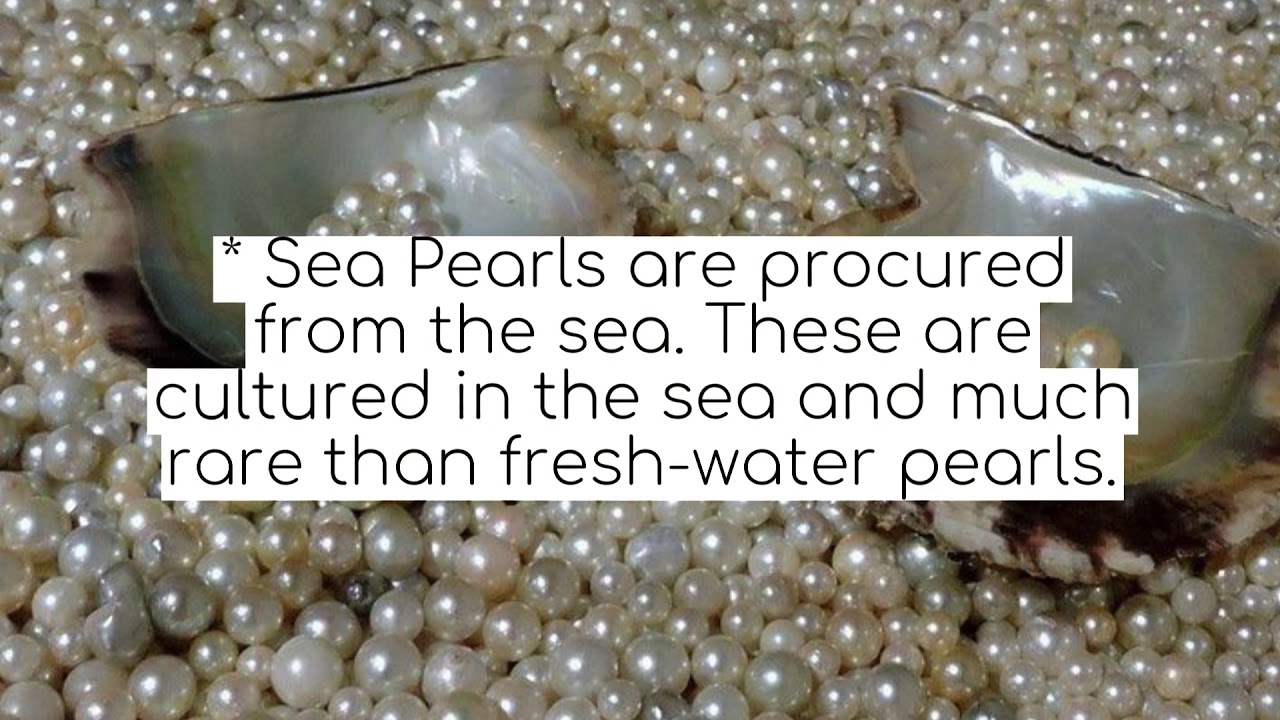
How are cheap Pearls different from the Expensive ones?
Natural pearls are extremely rare, which contributes to the high cost of purchasing one.
There are very few, if any at all, that can still be harvested from the oceans.
Therefore, purchasing natural pearls requires locating an antique pearl or piece of pearl jewelry that is decades old.
These items typically come with exorbitant price tags.
How Can You Tell If A Pearl Is A Good Quality?
Luster is the quality of a natural or cultured pearl that determines how beautiful it is.
- Excellent – Reflections appear bright and sharp.
- Very Good– Reflections appear bright and near sharp.
- Good – Reflections are bright but not sharp, and slightly hazy around the edges.
- Fair– Reflections are weak and blurred.
Conclusion
Pearls can be used in anything; however, when it comes to a piece of jewelry, they are excellent choices because of their advanced appearance.
The five different types of pearls will help you achieve a look that is beyond anything you could have dreamed of.
Therefore, you should make a decision right now about the kind that you should buy.
